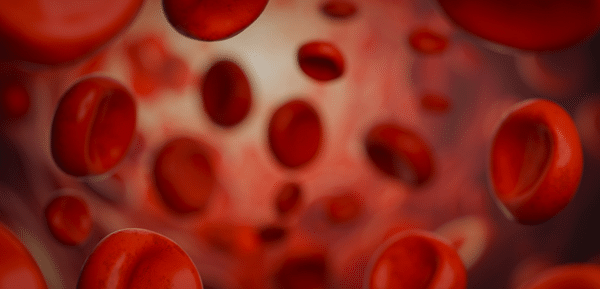by Dr. Paul Bernitt, Board-Certified Doctor of Holistic Health
See how one daily step could
help your body stay strong and stable longer.
Have you ever noticed how much harder it feels to stay strong as you get older? You’re not imagining it, and you’re definitely not alone.
Starting as early as your 30s, your body naturally begins to lose muscle mass and strength. In fact, experts say adults can lose up to 8% of their muscle every decade after age 30, and the rate can double after 60!1
This silent muscle loss has a real name: sarcopenia. It can sneak up quietly, showing up as weakness, difficulty getting up from a chair, walking more slowly, unstable balance and greater fatigue. Left unchecked, muscle loss doesn’t just affect your strength—it can impact your independence, metabolism, energy levels and even your overall quality of life.
But here’s the good news: Muscle recovery is real, too. And there’s something simple you can do—starting today—to help your body fight back and stay strong longer.
Why Losing Muscle Happens (Even If You’re Active)
Many people think if they stay active, they won’t lose muscle. Activity is important, but it’s not the full answer.
Here’s why:
Your muscles need more than movement. They need the building blocks to grow, repair and stay strong. Those building blocks come from essential amino acids—something your body can’t make on its own, so they have to come from our food or supplements. As we age, breaking down the proteins that EAAs come from can be difficult.
Essential amino acids (EAAs) are the tiny but mighty nutrients we need to build every cell of your body, including building and repairing muscle tissue. Without enough EAAs every day, your body simply can’t keep up with the natural breakdown that happens over time—no matter how many steps you take or how much you lift.
In other words:
You can be active and still be undernourished at the muscle level.
That’s why more experts are now recommending essential amino acids as a key strategy to support healthy muscles, especially as we age.
The Problem with Typical Protein Sources
You might think a high-protein diet solves the problem. But here’s the catch: While protein foods and drinks offer essential amino acids, they are connected with something called peptide bonds, which can be difficult for older people to break down. Plus, not all protein sources give you enough of all nine essential amino acids your muscles and cells need.
And, if your digestion or appetite isn’t what it used to be, getting enough muscle-building nutrition from food alone can be even harder. That’s where targeted support comes in.
 MyoHealth®: Essential Amino Acids in a Simple Daily Step
MyoHealth®: Essential Amino Acids in a Simple Daily Step
To help make muscle health easier, TriVita’s MyoHealth—it’s the first essential amino acid supplement clinically shown to help build, restore and protect muscle mass, as well as to improve recovery after a surgery, illness or injury.
MyoHealth is different because it delivers all nine essential amino acids in the right balance your body needs and without the need for the digestive system to break them down. These essential amino acids are free floating, so they can be absorbed quickly and efficiently without having to break down like traditional protein powders, shakes and foods. Fast-absorbing means your body can actually use it when it needs it to help ensure you have the muscle you need for strength, balance and energy.
Just one scoop a day mixed in water gives your muscles the exact support they need to help:
- Build and preserve lean muscle
- Improve balance and stability
- Recover faster after physical activity or illness
- Support strength for healthy aging
It’s like giving your body the tools it’s been waiting for—to stay stronger, more stable and energized longer.
Here is What Our Members Are Saying
Thousands of people have already felt the difference MyoHealth can make.
“Before taking MyoHealth I could barely get up my stairs; I had to almost pull myself up with the railing. Then I started with MyoHealth, and I could not believe the difference: I see the increased muscle strength and energy. Now I can run up my stairs.”
– Sherry S.
“I love MyoHealth. I have been taking it for years. I have really noticed better muscle strength, and it has even helped with my joints, especially in my feet and legs. I swear by MyoHealth. I give it a 5-star rating.”
– Ruth F.
“I’ve been taking MyoHealth for 2 weeks, and I already have noticed a significant difference in my energy levels. I’m not as achy or sluggish as much anymore, and my arms already look a little bit more toned. I’m going to recommend this product to everyone I know. I give MyoHealth 5 out of 5 stars.”
– Linda C.
People share how they feel stronger walking up stairs… how getting out of a chair is easier… how they feel more balanced, steadier, and more like themselves again.
Imagine feeling confident in your steps again—able to enjoy the activities you love without worrying if your body can keep up.
MyoHealth makes it a simple, daily step toward that better future.
Other Ways to Support Muscle Health Naturally
Along with essential amino acids, here are a few more ways you can help protect your strength every day:
- Stay Active: Aim for a mix of strength, balance and flexibility exercises.
- Eat Enough Protein: Include a source of lean protein at every meal, if possible.
- Get Good Sleep: Muscle repair happens during deep sleep.
- Stay Hydrated: Muscles need water to function properly.
- Supplement Wisely: Support your body’s daily needs with a complete EAA supplement like MyoHealth.
Even small daily choices can create big wins over time.
The Takeaway: You Have More Power Than You Think
Yes, muscle loss is real. But, so is muscle recovery—especially when you give your body what it needs. Every choice you make today can build a stronger, healthier tomorrow.
With MyoHealth, it’s never been easier to take a step in the right direction.
Stay strong. Stay stable. Stay you.
“The righteous will flourish like a palm tree,
they will grow like a cedar of Lebanon.”
Psalm 92:12 (NIV)
Live and Share Wellness with Others
REFERENCES
https://pmc.ncbi.nlm.nih.gov/articles/PMC2804956/
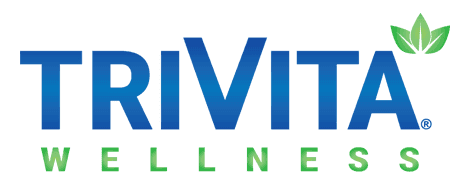
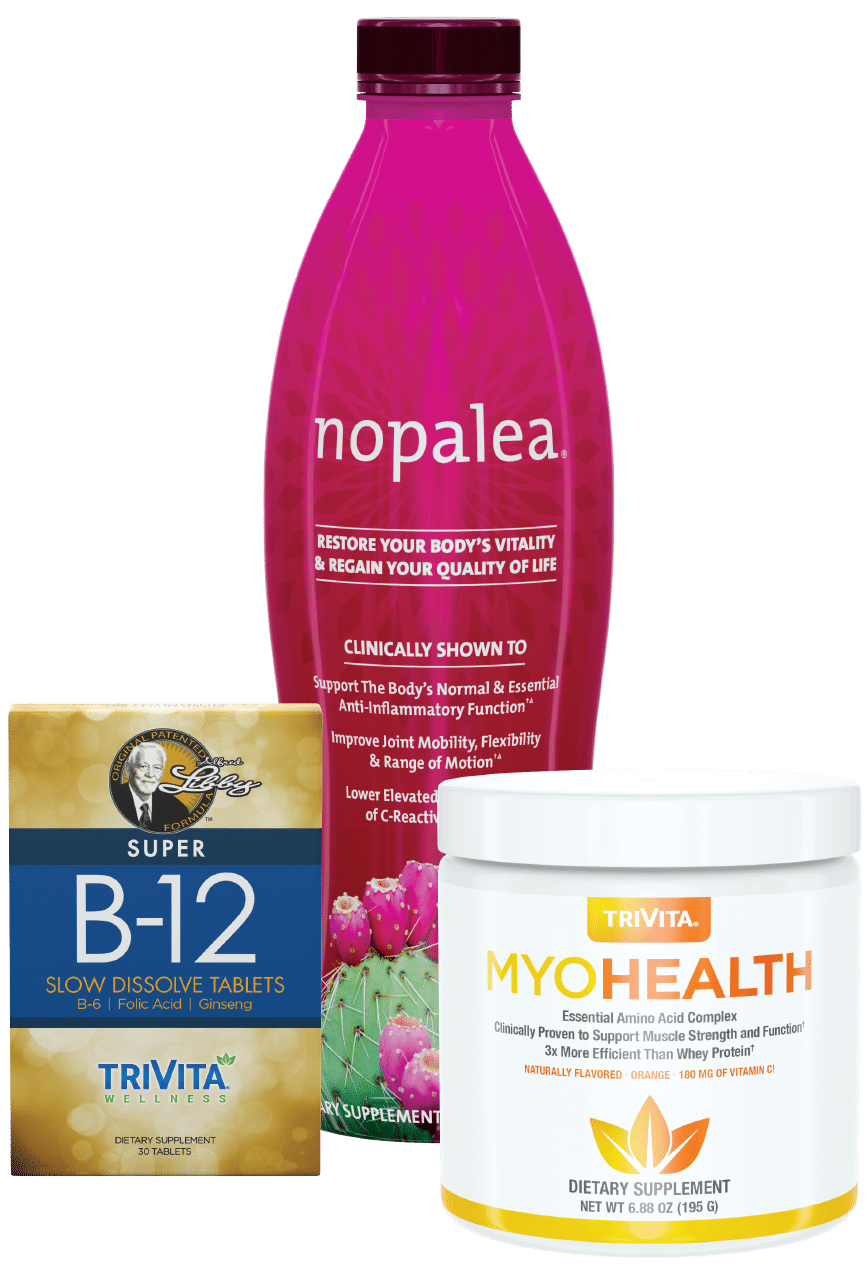
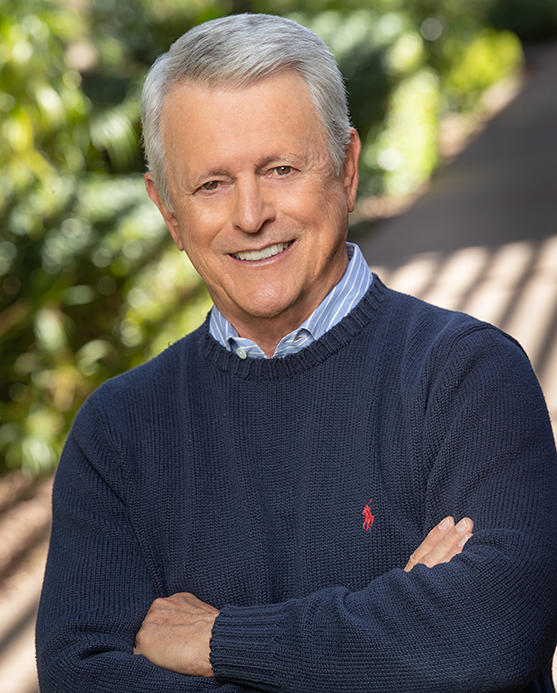
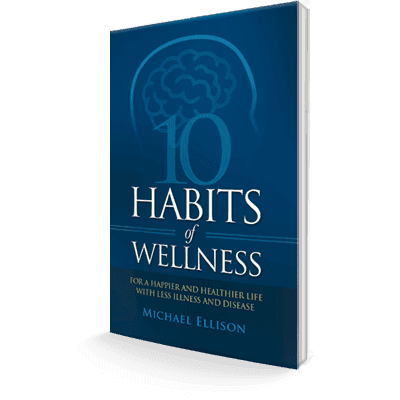

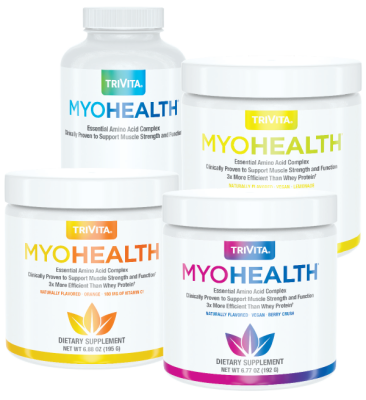 MyoHealth®
MyoHealth®
